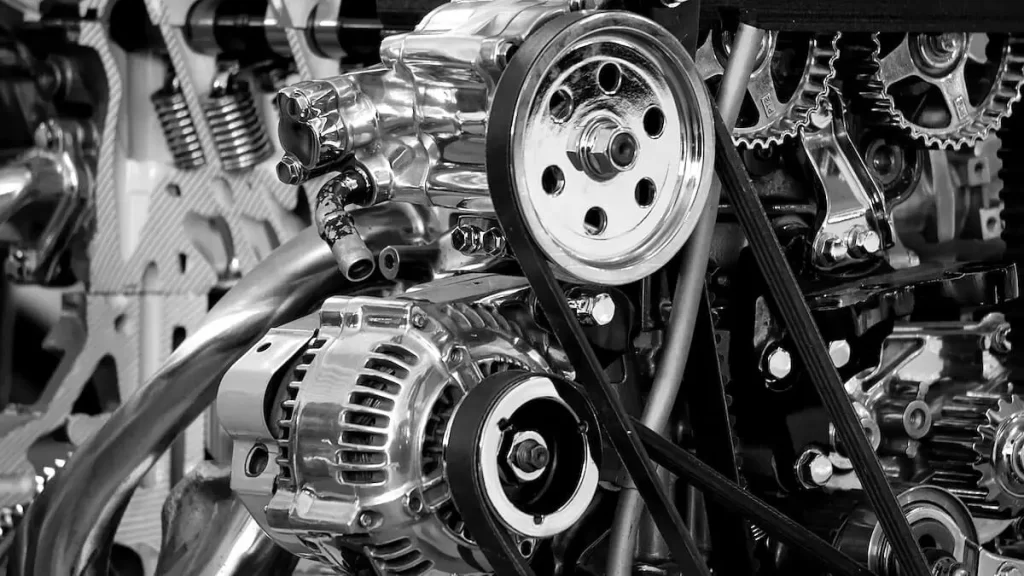A car engine is a complex system with dozens of components and mechanisms. They work together to ensure you get from point A to B. From the History of Cars infographic, it is as clear as an alarm on a Monday morning that an engine’s mechanism is no child’s play. Veteran inventors took decades to refine the various intricate engine systems for an engine to roar to life. Engine belts are some of the simple but important parts that ensure engines work.
Engine belts are sometimes called car belts, fan belts, or simply belts. The number of belts in an engine depends on the car’s age or engine type. They are usually made of rubber and are black. Usually, engine belts stay intact for months or even years, depending on your driving frequency and how well you take care of your car.
If you are a first-time car owner or not enthusiastic about how they work, you might own a car for a while and not know anything about the belts.
The most common engine belts are
- Timing belt
- Serpentine belt
- Alternator belt
- Fan belt
- V-belts
Below are the different engine belts and their intended purposes
1. Timing Belt
The timing belt assists the crankshaft to turn the camshaft. It makes sure that the camshaft and the crankshaft move in sync. The primary purpose is to open or close the engine valves at the correct time and to coordinate the internal combustion process. It is sometimes referred to as a Gilmer belt or camshaft drive belt.
Older cars had a timing chain.

2. Serpentine Belt
The serpentine belt is found in modern cars. It replaced the V-belt, which we will look at below. The belt is long as it supplies mechanical power to the various engine accessories. The crankshaft turns the serpentine belt, which powers engine components such as the alternator, AC pump, and water pump.
Also known as a drive belt or accessory belt. It is lengthy and snakes around the different pulleys, hence the name serpentine belt.

3. Alternator Belt
An alternator belt is present in engine setups where the serpentine belt is not powering the alternator.
It is also important to note that an alternator recharges your battery and powers most car electronics, such as radio, power windows, headlights, and dashboard instruments when the engine is running.
The alternator belt is short and only provides mechanical power to the alternator. However, in unique engine belt setups, it also powers the steering fluid pump. A faulty alternator belt could result in poor battery charging.

4. Fan Belt
As the name suggests, a fan belt powers an engine’s cooling system. Again, there are setups where the serpentine belt powers the cooling system.
The belt powers components in the cooling system, such as the AC fan, radiator fan, and water pump. If a fan belt malfunctions, the engine will not be properly cooled, hence the risk of overheating or not-so-cheap engine damage.

5. V-belt
The V-belt came in last, as it is found in jalopies. Yesteryear, automobiles owned by ‘people who know their cars.’
The V-belt setup contains a number of belts that start at the crankshaft and go on to power the different engine components. Since these setups have multiple belts, one faulty belt does not necessarily mean your car will not run.

When should Engine Belts be Replaced?
There is no strict rule as to when to replace your engine belts. However, professionals advise replacing the serpentine belt every 96,000 to 144,000 km. While the timing belt needs replacing at the 160,000 km mark. As a rule of thumb, ensure your technician checks the health of your belts regularly.
Signs of Faulty Belts
- Overheating
- Poor battery charging
- Squealing or yelping noise
- Power steering or AC failure
Now you understand your car belts, go on and conquer the roads responsibly!
Keep it caffeine to stimulate your motoring thirst.

